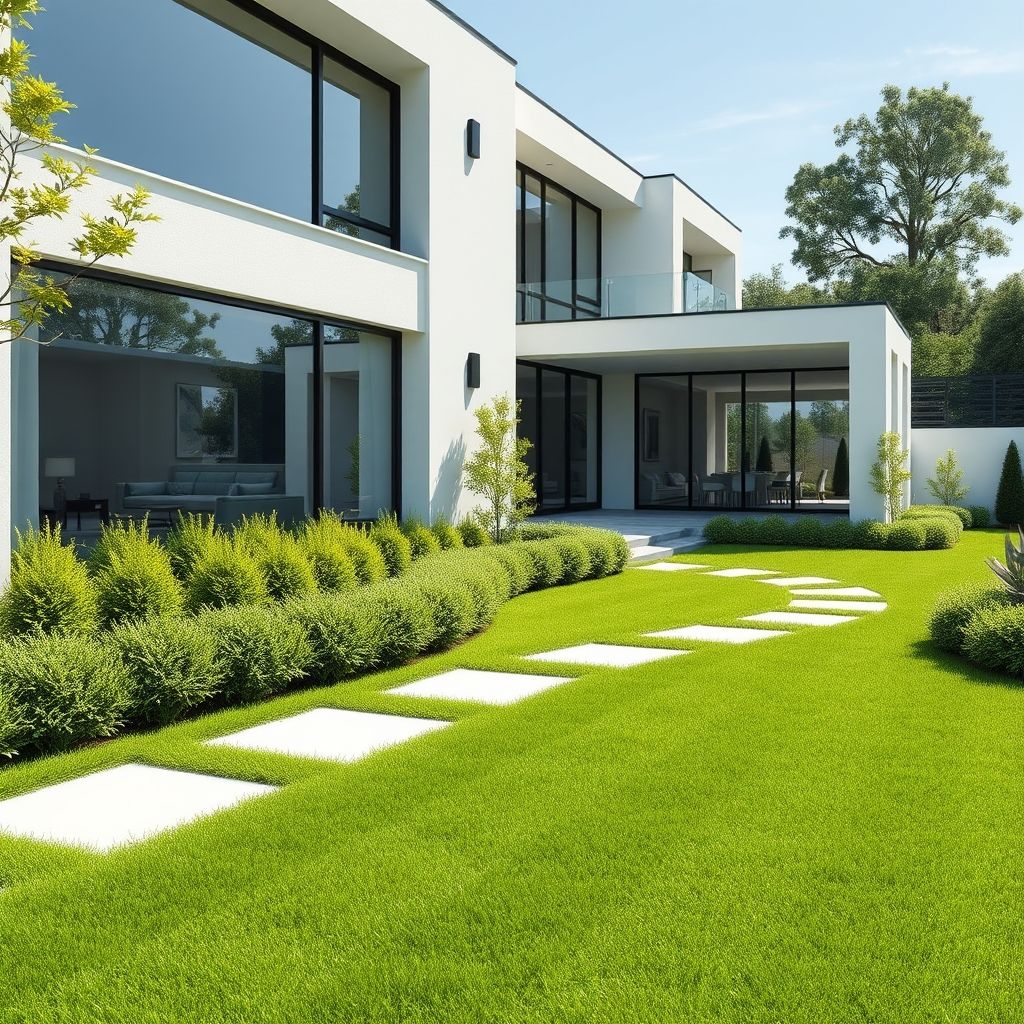Landscaping for new constructions is an essential aspect of the building process, adding to the aesthetics and functionality of the property. For Aussie tradies in the plumbing and renovation industry, understanding the integration of landscaping with new construction is key to delivering successful projects. This guide will cover the ins and outs of landscaping for new builds, offering best practices for site preparation, soil management, and sustainable techniques. Maintaining a clean and safe work environment is also crucial, ensuring a smooth and efficient process from start to finish.
Site Preparation: The Foundation of a Successful Project
Site preparation is critical to the success of any landscaping project. It involves assessing the site, removing debris, and ensuring the area is ready for landscaping work to commence. Here are some key practices to consider:
- – **Site Assessment:** Begin by evaluating the site conditions, including soil type, drainage, and existing vegetation. Understanding these factors will guide your landscaping decisions and help you create a plan that works with the natural features of the site.
- – **Clearing and Levelling:** Remove any debris, trees, or stumps that may interfere with your landscape design. Level the site to create a flat surface for construction, ensuring proper drainage to avoid water pooling and potential flooding issues.
- – **Soil Testing and Amendment:** Test the soil to determine its composition and nutrient content. Based on the results, amend the soil with organic matter or additives to improve its structure and fertility, ensuring optimal conditions for plant growth.
Soil Management: Nurturing a Healthy Landscape
Soil management is crucial for establishing and maintaining a healthy landscape. It involves selecting the right plants, implementing proper irrigation, and adopting sustainable practices:
- – **Plant Selection:** Choose plants that are suited to the site’s soil and climate conditions. Native plants are often a good choice as they are adapted to the local environment and require less maintenance.
- – **Irrigation and Drainage:** Implement an efficient irrigation system that targets specific areas and avoids water wastage. Ensure proper drainage to prevent waterlogging and protect the health of your plants.
- – **Mulching and Composting:** Use mulch to retain moisture, suppress weeds, and improve soil structure. Composting adds organic matter to the soil, enhancing its fertility and promoting healthy plant growth.
Sustainable Practices for Long-Term Success
Adopting sustainable practices not only benefits the environment but also creates long-term value for your clients:
- – **Water Conservation:** Implement water-saving features such as rain gardens, permeable pavers, and greywater systems. These practices reduce water usage and provide alternative sources for irrigation.
- – **Energy Efficiency:** Incorporate solar lighting, wind power, or geothermal energy systems to reduce the reliance on traditional energy sources and lower utility costs.
- – **Recycling and Reusing:** Recycle construction waste, such as concrete and bricks, for paving or retaining walls. Reuse existing materials on-site, such as large rocks or mature trees, to reduce the need for new resources.
Successful landscaping integration with new construction requires a thoughtful approach that considers site preparation, soil management, and sustainable practices. By following these guidelines, Aussie tradies can create functional and aesthetically pleasing landscapes that enhance the value of the property. Maintaining a clean and safe work environment is also critical to ensuring a positive experience for both the tradies and the clients.
If you’re an Aussie tradie in the plumbing and renovation industry, we hope this guide provides valuable insights into landscaping integration for your next new construction project. Remember, maintaining a clean and safe work environment is key to ensuring smooth project delivery and a satisfied client.
FAQs
Q: How do I prepare the site for landscaping?
A: Site preparation involves clearing and levelling the land, removing any debris or obstructions, and testing and amending the soil as needed. It’s crucial to create a flat, clear, and nutrient-rich surface for construction and planting.
Q: What are some sustainable practices I can implement?
A: Sustainable landscaping practices include water conservation features like rain gardens and greywater systems, energy-efficient solutions such as solar lighting, and recycling construction waste for paving or retaining walls. These practices benefit the environment and create long-term value.
Q: Why is soil management important?
A: Soil management ensures the long-term health and beauty of the landscape. By selecting the right plants for the soil type and climate, implementing proper irrigation and drainage, and using mulch and compost, you nurture healthy plant growth and reduce maintenance needs.
These articles are drafted with AI assistance and should be considered general information, not professional advice.

